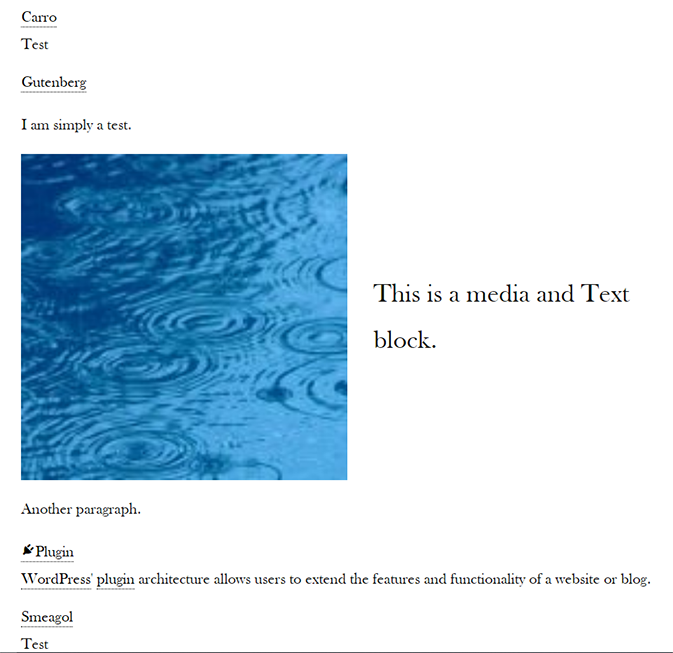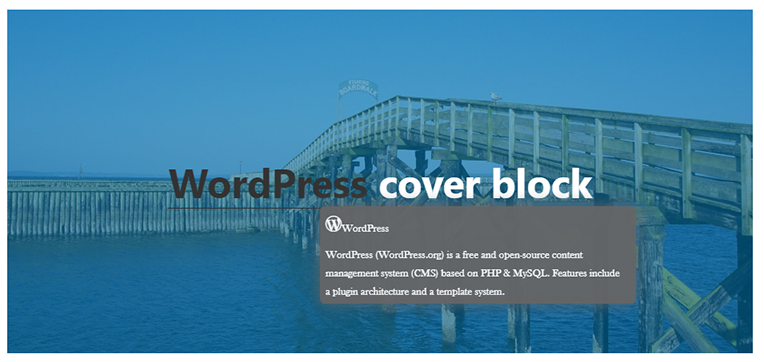WordPress Glossary Plugin (CMTG) - Extras - Using the Block Editor
Using the Block Editor
The WordPress Glossary plugin works with Gutenberg, WordPress' new Block Editor, by default, with some exceptions.
If you are used to adding shortcodes to your content by using the button that was available in the toolbar of the classic editor, you will no longer be able to use it.
Instead, to include a shortcode, you would use a shortcode block:

Using Blocks on Term Pages and the Glossary Index Page
When adding a new term to the Glossary, you can include blocks in your content. These blocks will be visible on the terms page like on any other WordPress page or post.
By default, the block layout will not be used in the Tooltip itself, nor on the Glossary Index Page. The tooltip will display the text content, but not layouts such as media, columns, or tables.
But if you would like to enable the block layout on the Glossary Index Page, go to Admin Dashboard → CM Tooltip Glossary → Settings → Glossary Index Page. Select a display style from the "With definition" group.
Then uncheck the option Remove the HTML tags from definition?.
Below is an example of a Glossary Index Page where the block layout is showing for one of the terms:

Displaying the Tooltip with Blocks
When creating or editing posts or pages that includes terms that you wish to show a tooltip for, you may notice that the tooltip works for most blocks, but not all. It will not work with the button block or the headings block.
Below are some examples of block and tooltip combinations:



 |
More information about the WordPress Glossary Plugin Other WordPress products can be found at CreativeMinds WordPress Store |
 |
Let us know how we can Improve this Product Documentation Page To open a Support Ticket visit our support center |
